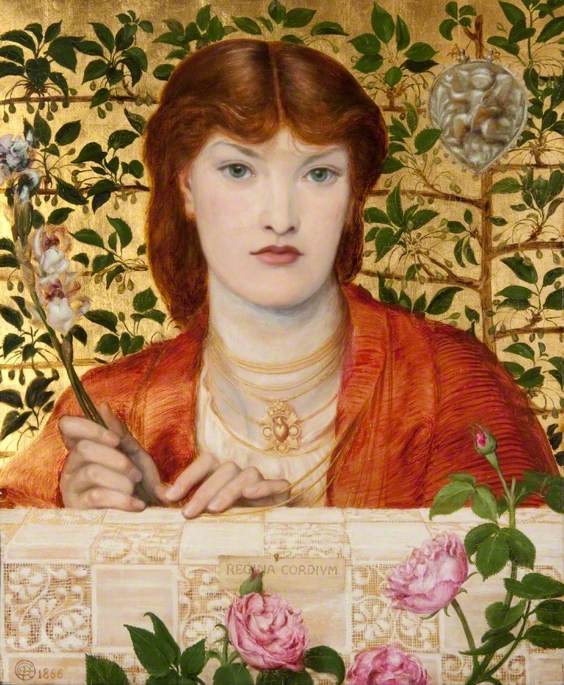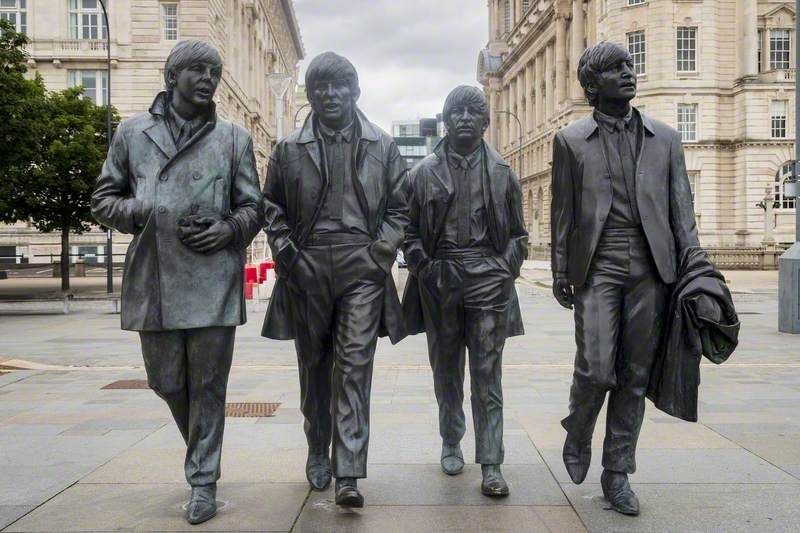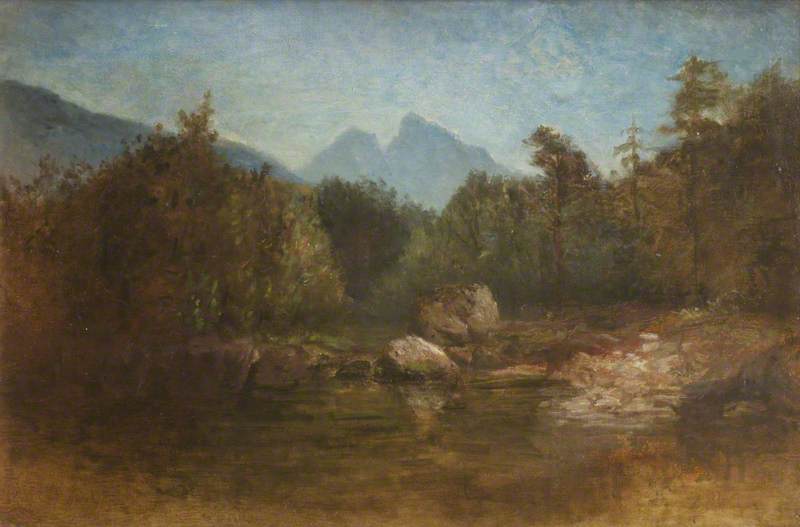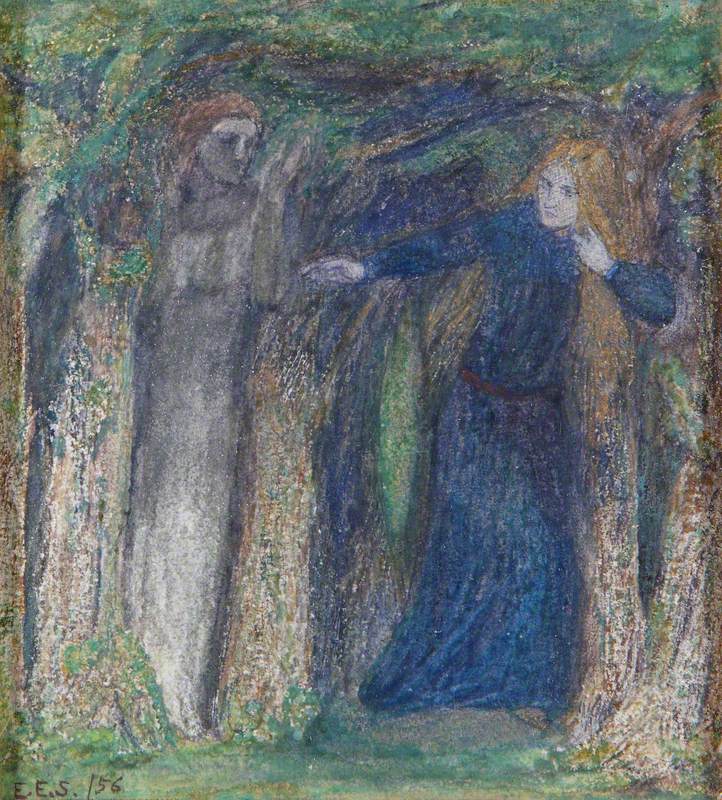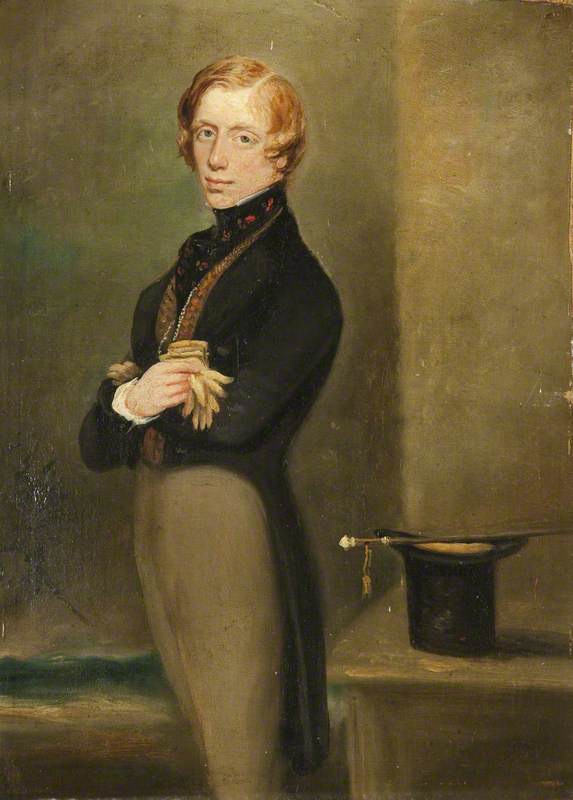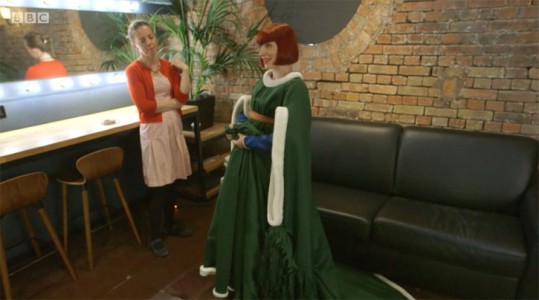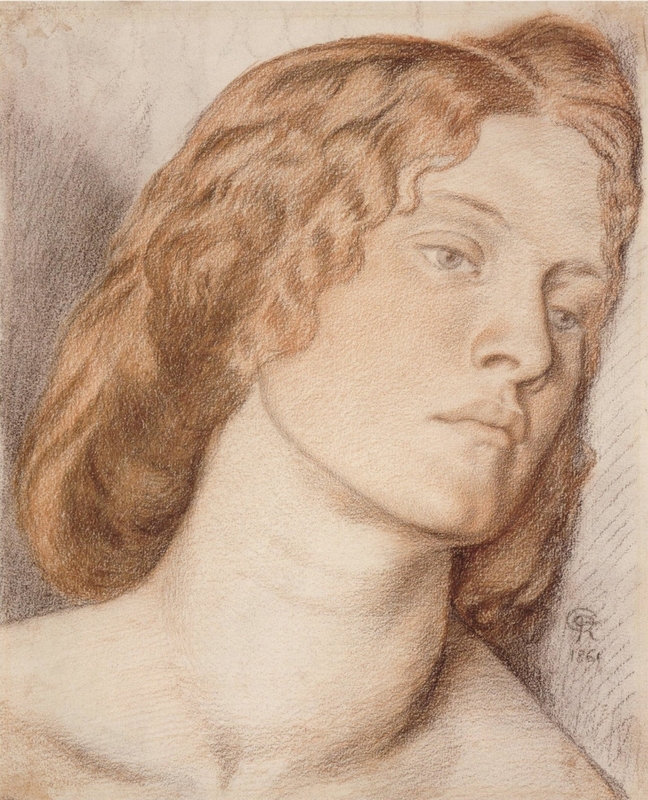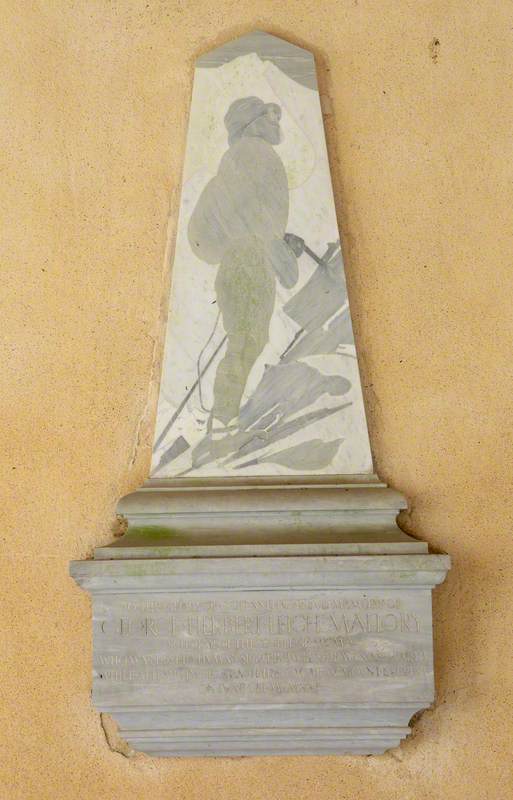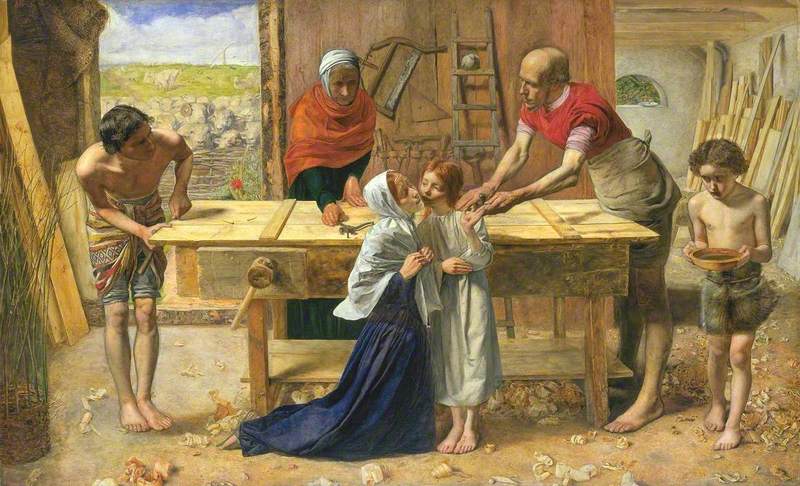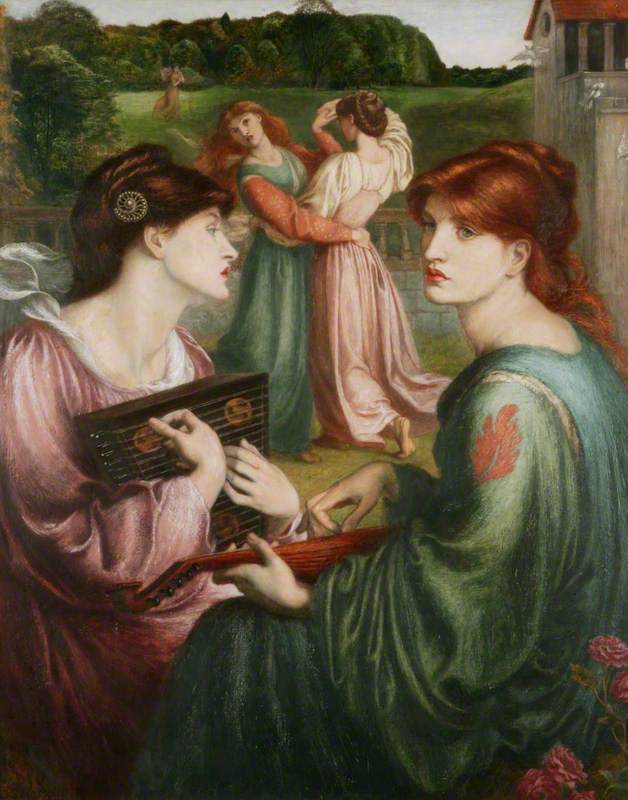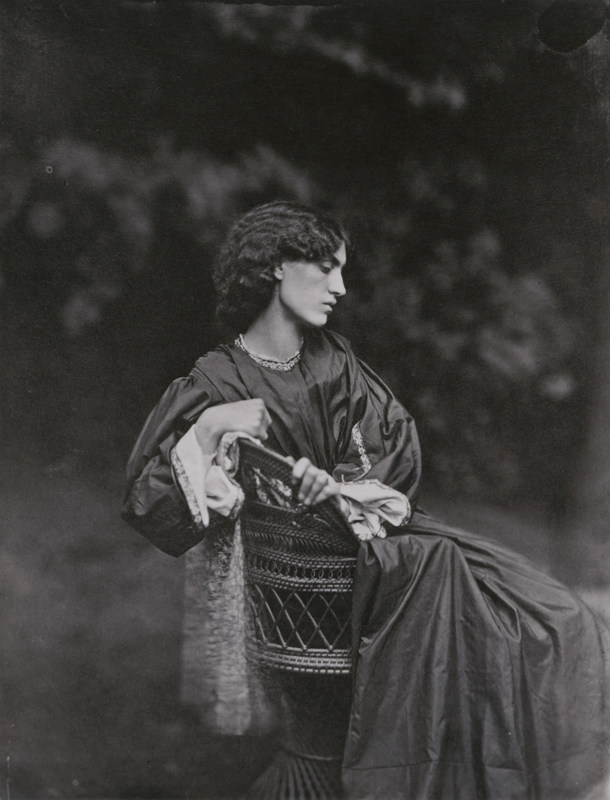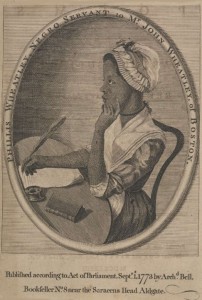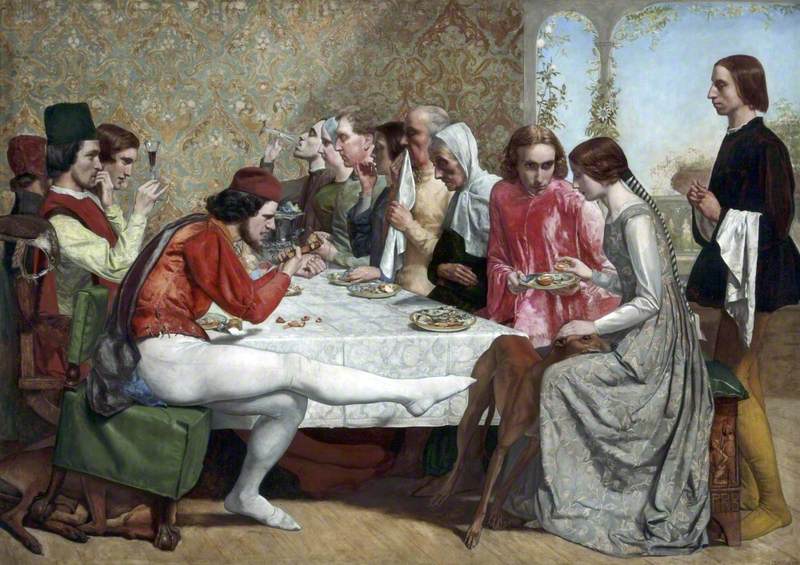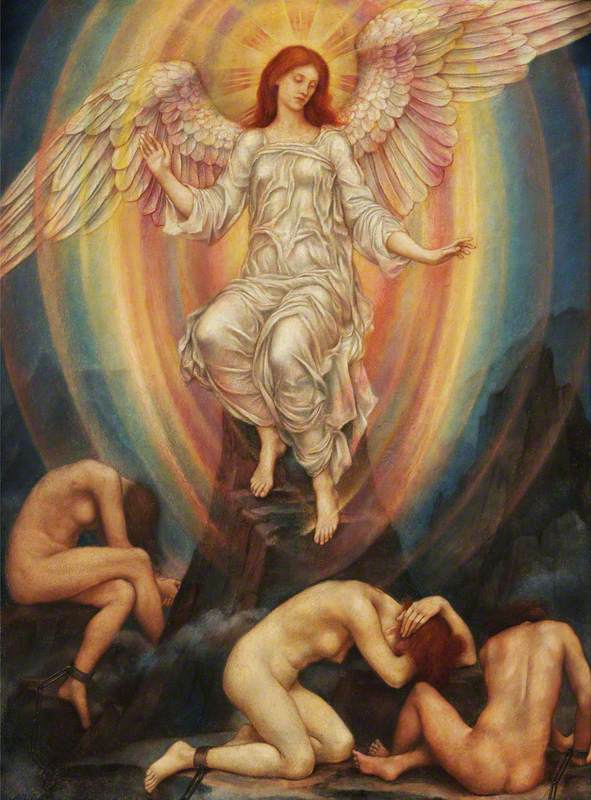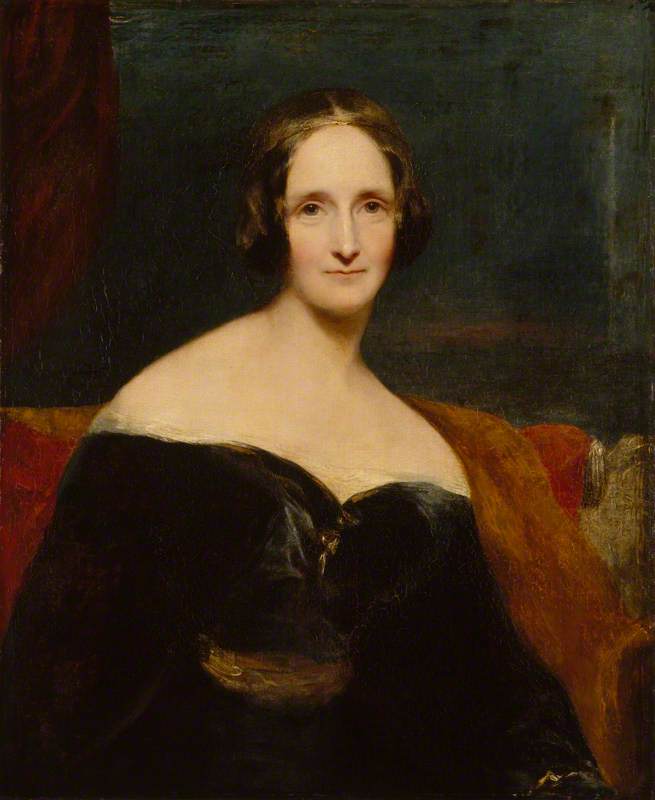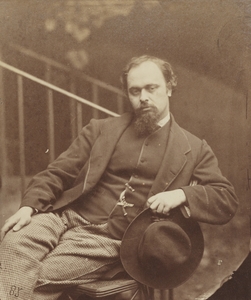In terms of visual impact, one of the most stunning images at Kelvingrove Art Gallery and Museum in Glasgow has to be Dante Gabriel Rossetti’s Regina Cordium, commissioned by John Hamilton Trist of Brighton for £170 (and an unknown quantity of champagne, ‘a welcome creature to the artistic soul as to the rest of the world’!). The painting was ‘substantially finished’ by 19 June 1866, although not handed over until August that year.
It was purchased for the Glasgow Corporation by the Trustees of the Hamilton Bequest in 1940, on the advice of the then director of Kelvingrove, Dr T. J. Honeyman, the painting having been left unsold at exhibition in the Beaux Arts Gallery, London. It was bought at a time when the Pre-Raphaelites were little appreciated in Scotland – as the purchase documentation and contemporary press coverage make clear – for the meagre sum of £125, the price having been bargained down from 150 guineas. It came with its original gilt and ebony ‘thumb mark pattern’ frame, which Rossetti considered to be an intrinsic part of the picture, and four letters from the artist to Trist. Honeyman had made a good call.
The painting follows the pictorial arrangement of Rossetti’s earlier painting, Bocca Baciata (1859; Museum of Fine Arts, Boston), which marked the artist’s move away from densely worked Arthurian watercolours to bust-length oils of beautiful women within enclosed spaces. With the device of a ledge or parapet separating viewer from figure, these paintings were influenced by the works of the sixteenth-century Venetian masters, particularly the sensuous females of Titian, but also the saints and Madonnas of Giovanni Bellini. The painting’s Latin title, Queen of Hearts, echoes Regina caeli, Queen of Heaven. Rossetti had initially given his model Alexa Wilding a diadem but removed it as ‘it seemed to disturb the simplicity of the head’.
Cherry trellis behind and rose bushes before create a kind of enclosed garden associated symbolically with the Virgin. The purple iris that Alexa holds is suggestive of the Virgin’s ubiquitous lily, denoting purity. However, looking the viewer directly in the eye, Alexa is no demure Virgin. The striking gold ground enhances the suggestion that this is an object of worship but it is Beauty itself that is elevated to the sacred. Devoid of a specific narrative, but heavy with symbolism and suggestion, with exquisite jewellery and fabrics, rich colour and suggested fragrances, the format influenced key artists of British Aestheticism and European Symbolism, such as Edward Burne-Jones, Simeon Solomon, Fernand Khnopff and Gustav Klimt.
Jo Meacock, Former Art UK Paintings Project Coordinator
